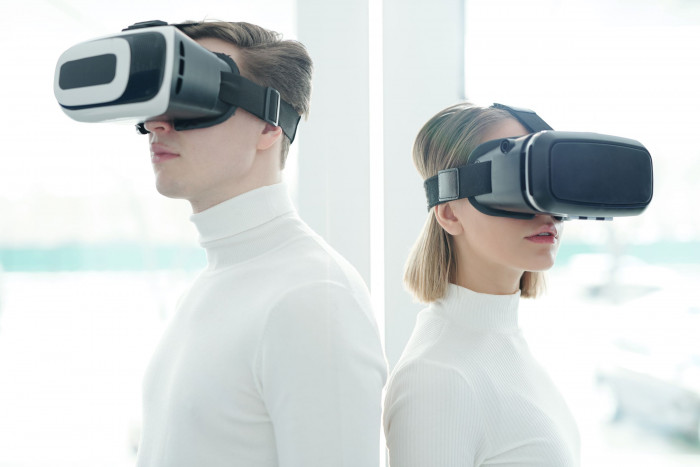THE virtual reality (VR), the augmented reality (AR) and the extended reality (XR) represent exciting frontiers at the intersection of technology and human experience. Each of these technologies offers a unique perspective on how we interact with the digital and physical world around us.
Virtual reality transports users into fully digital, immersive environments where they can explore, interact with, and even create new realities. Using devices such as VR headsets, users can find themselves in virtual scenarios ranging from thrilling games to highly realistic educational simulations and professional training.
On the other hand, augmented reality merges the real world with overlaid digital elements. This means that users can see and interact with virtual objects while still being aware of their physical surroundings. A common example of AR is Pokémon GO, where players can hunt virtual creatures in the real world using their mobile devices.
Extended reality (XR) is an umbrella term that encompasses both VR and AR, as well as other forms of interactions between the real and digital worlds. It represents a spectrum of immersive experiences that range from full-on virtual reality to more subtle augmented reality, with many nuances in between.
These technologies have vast and exciting applications in a variety of fields. In medicine, for example, surgeons can practice complex procedures in virtual environments before performing real operations. In the retail industry, AR can be used to allow customers to virtually try on products before purchasing. In education, VR can transport students to distant places and historical periods, making learning more engaging and immersive.
However, while these technologies offer exciting promise, they also present challenges, such as privacy, security, and inclusion. As we continue to explore and develop these technologies, it is important to consider not only their potential, but also their ethical and social implications. After all, in an increasingly digital world, finding the right balance between the virtual and the real is essential to creating meaningful and sustainable experiences.
What are the main uses for VR, AR and XR?
Virtual Reality (VR):
Medical Training: Surgeons can practice complex procedures in virtual environments before performing real operations, allowing them to hone their skills and reduce errors during surgery.
Flight Simulations: Pilots can train in VR flight simulators, where they are exposed to a variety of weather conditions and emergency situations, without the risk associated with real flights.
Virtual Tourism: People can explore remote and historic locations around the world without leaving home, providing immersive and educational experiences.
Augmented Reality (AR):
Interactive Advertising: Brands can create interactive advertising campaigns that allow consumers to virtually try out products before purchasing, simply by pointing their devices at a print or digital ad.
Navigation: AR apps can provide directions and contextual information about points of interest as users explore new areas by overlaying digital information onto the real world through their mobile device’s camera.
Maintenance and Repair: Maintenance technicians can use AR glasses or devices to see step-by-step instructions overlaid on real equipment, making it easier to troubleshoot and perform repairs.
Extended Reality (XR):
Business Training: Companies can use XR technologies to simulate work environments and provide immersive training for employees, helping them familiarize themselves with procedures and policies before they start working.
Product Design: Industrial designers can create digital prototypes of products using 3D modeling tools in VR environments, allowing them to visualize and iterate on designs before physical production.
Entertainment Experiences: Theme parks and museums can offer XR experiences that combine physical and digital elements to create immersive and engaging attractions, such as virtual tours and interactive exhibits.
These examples illustrate how VR, AR, and XR are being applied across a variety of industries to improve user experience, increase efficiency, and create new ways for people to interact between the digital and real worlds.














 4 min read
4 min read




